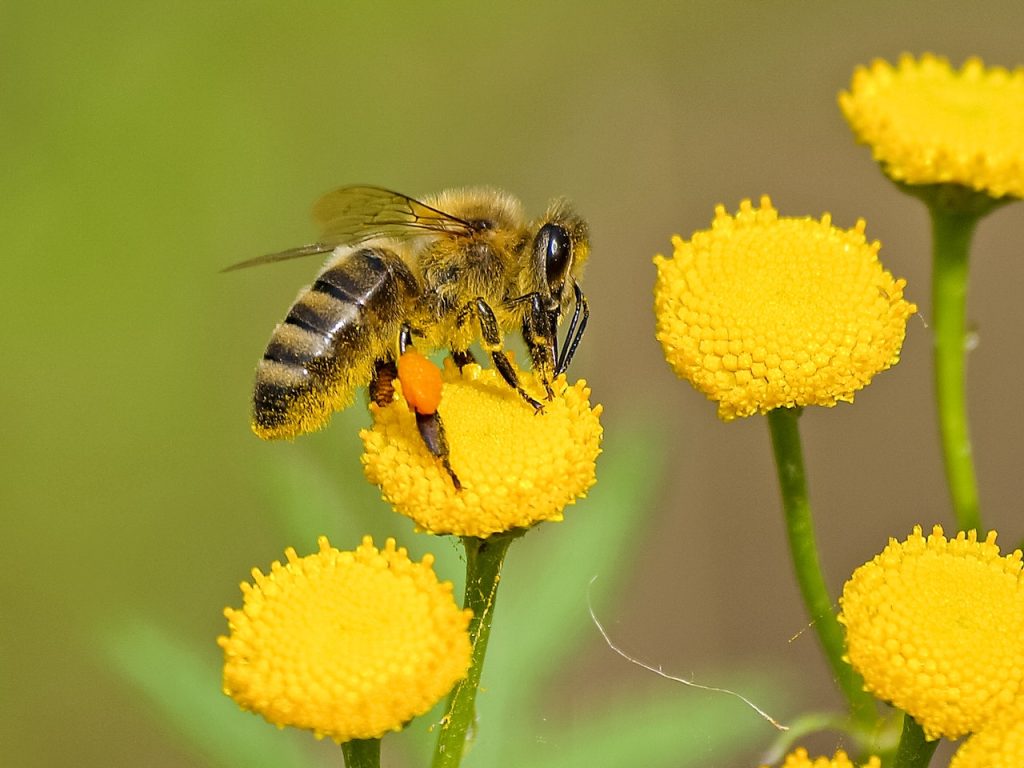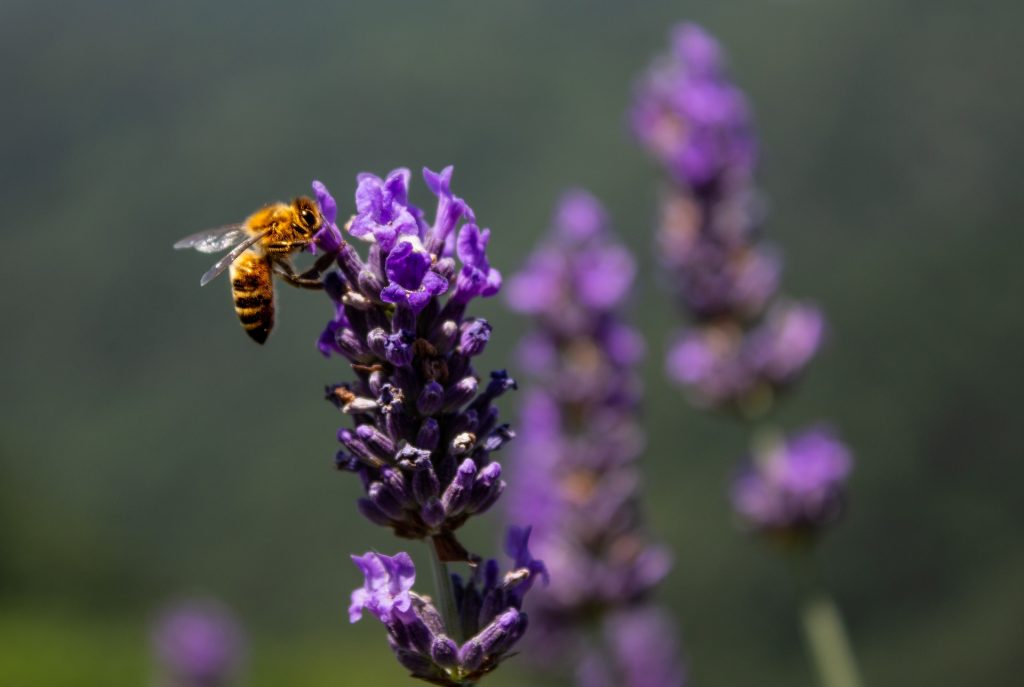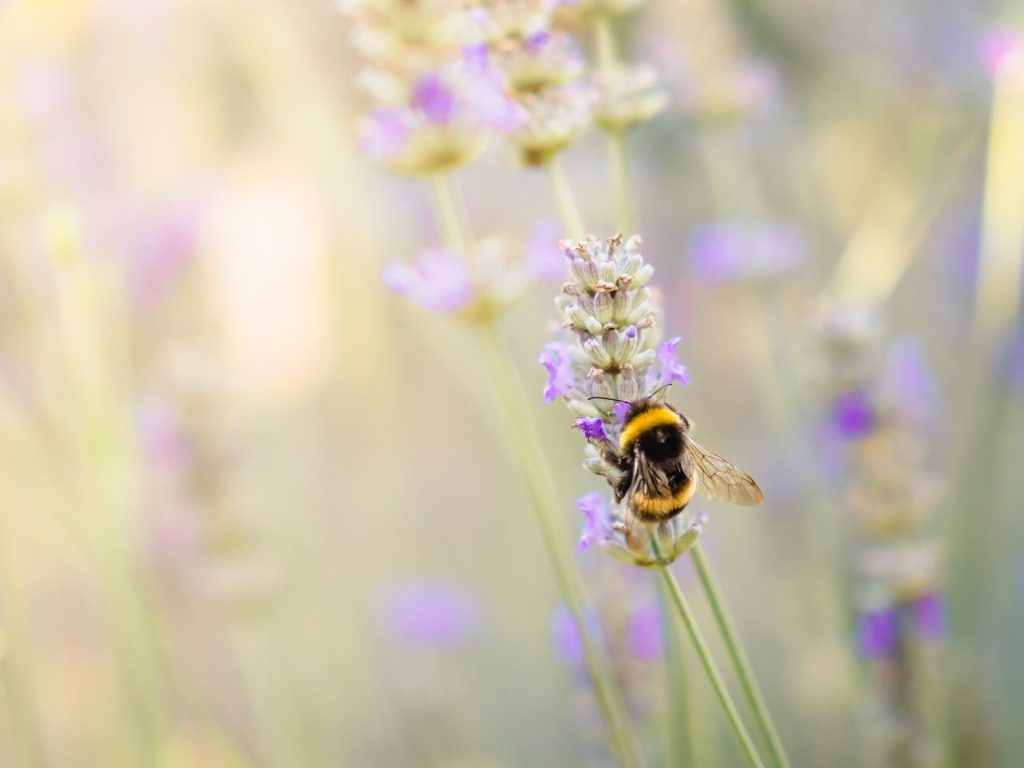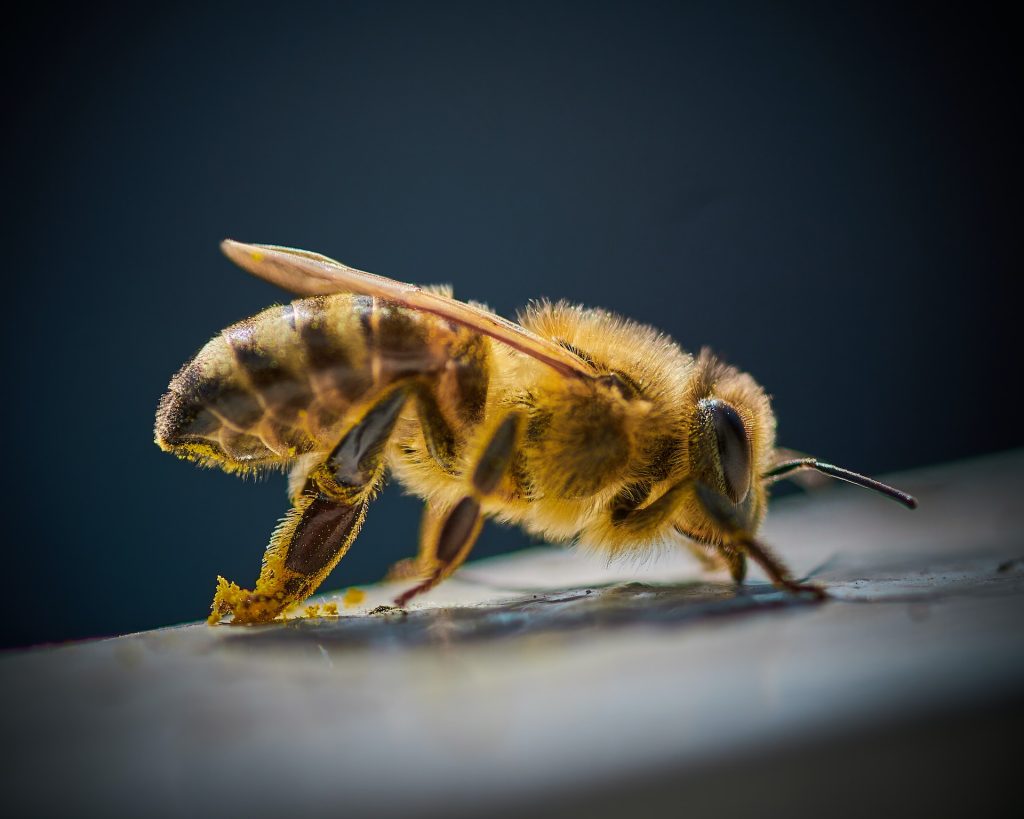The Art and Science of Mead Making: A Beginner’s Guide
Mead, also known as honey wine, is a delicious alcoholic beverage that has been enjoyed for centuries. It is made from fermented honey and water and can be flavored with fruits, spices, or herbs. Mead is a versatile drink that can be enjoyed on its own or paired with food. Making mead can be a fun and creative hobby, and it doesn’t require a lot of experience or expensive equipment. This article will provide a beginner’s guide to mead making, including the history of mead, the ingredients and equipment you will need, the step-by-step process of making mead, and tips for troubleshooting and aging your mead.
The History of Mead Making
Mead has been around for thousands of years and was enjoyed by the ancient Greeks, Romans, and Vikings. It was often used in religious ceremonies and was believed to have medicinal properties. Mead was also popular in medieval times and was consumed by royalty and commoners alike. In fact, many wedding ceremonies in medieval Europe featured a “honeymoon” where the newlyweds would drink mead for a month to ensure a fruitful marriage. Today, mead is enjoying a resurgence in popularity as people rediscover this ancient drink.
The Ingredients You Need
The main ingredients you will need to make mead are honey, water, and yeast. You can also add fruits, spices, or herbs to flavor your mead. The type of honey you use will affect the flavor of your mead, so it’s important to choose a high-quality honey that you enjoy. Some popular honey varieties for mead making include clover, orange blossom, and wildflower. You will also need a type of yeast that is suitable for mead, such as champagne yeast or ale yeast.
The Equipment You Need
To make mead, you will need some basic equipment, including a fermenting vessel, an airlock, and a hydrometer. You can use a glass carboy or a food-grade plastic bucket as your fermenting vessel. The airlock will allow gases to escape during fermentation while preventing oxygen from entering the vessel. The hydrometer is used to measure the specific gravity of the mead, which will help you determine when fermentation is complete. You will also need some sanitizing solution to ensure that your equipment is clean and free of bacteria.
The Step-by-Step Process of Mead Making
The basic steps of mead making are as follows:
- Sanitize all of your equipment
- Mix honey and water in your fermenting vessel
- Add yeast
- Attach airlock to the fermenting vessel
- Allow the mead to ferment for several weeks
- Take specific gravity readings with a hydrometer
- Rack (transfer) the mead to a secondary fermenter
- Allow the mead to age for several months
- Bottle the mead and age for a few more weeks
Mead Varieties to Try
There are many different varieties of mead that you can try, depending on your personal taste and preferences. Some popular varieties include traditional mead, melomel (fruit-flavored mead), metheglin (spice-flavored mead), and braggot (mead brewed with beer). You can experiment with different types of honey and flavors to create your own unique mead.
Troubleshooting and Common Mistakes
One common mistake that beginner mead makers make is using too much honey, which can lead to a high alcohol content and a harsh taste. It’s important to measure out your ingredients carefully and to follow the recipe closely. Another common issue is contamination, which can lead to a spoiled batch of mead. Be sure to sanitize all of your equipment and work in a clean, sterile environment.
Aging and Bottling Your Mead
After fermentation is complete, it’s important to age your mead for several months to allow the flavors to blend and mellow. You can age your mead in a glass carboy or a food-grade plastic bucket. Once your mead has aged to your liking, you can bottle it and store it in a cool, dark place. Mead can continue to age in the bottle, so it’s important to periodically check on your mead to ensure that it hasn’t spoiled.
Pairing Mead with Food
Mead is a versatile drink that can be paired with a variety of foods. It pairs well with cheese, charcuterie, and other appetizers. It also complements spicy or savory dishes, such as pork or curry. Mead can also be used in cooking and can add a unique flavor to marinades, sauces, and desserts.
Mead Making as a Creative Pursuit
Mead making is a rewarding hobby that combines the art and science of brewing. It allows you to explore different flavors and ingredients and to create your own unique blends. With some basic equipment and a little patience, you can make delicious mead that you can enjoy on your own or share with friends and family. So why not give mead making a try and see where your creativity takes you?






